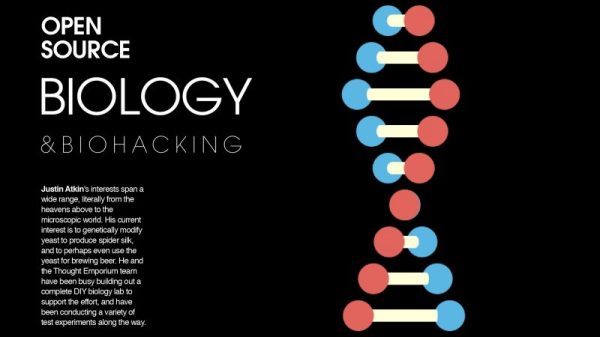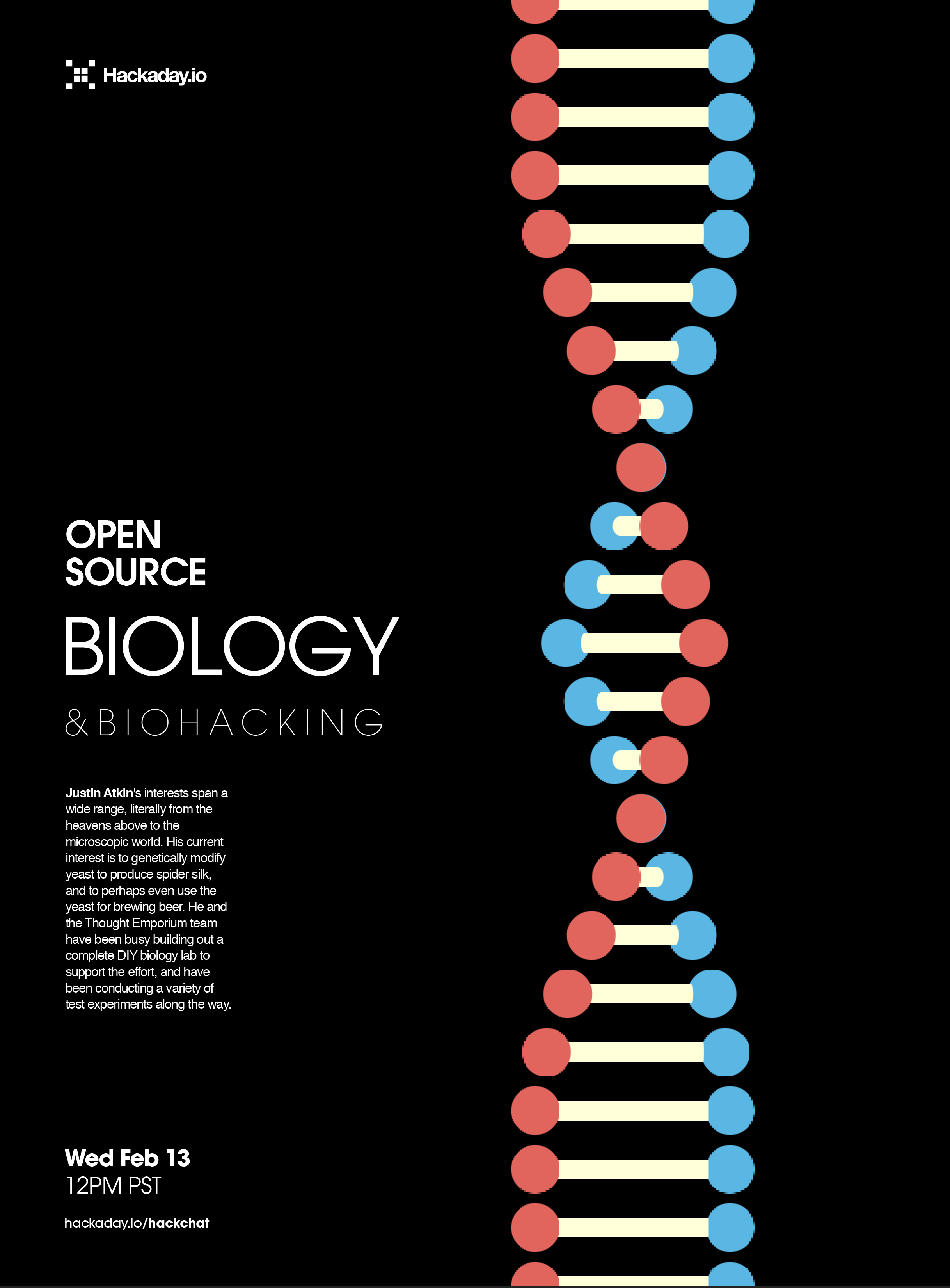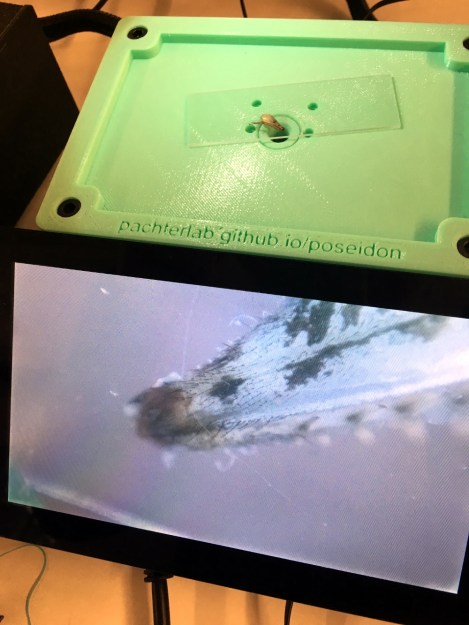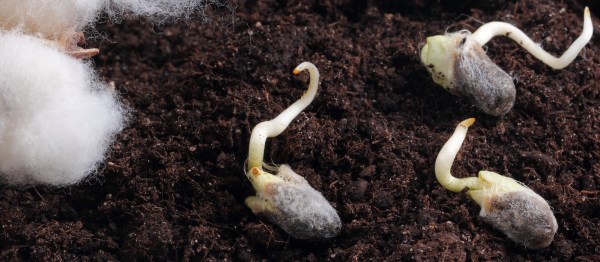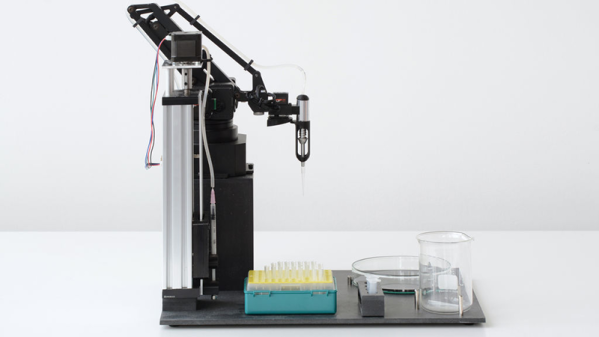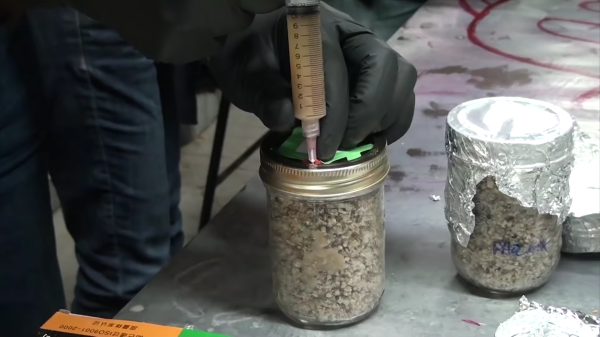Join us on Wednesday at noon Pacific time for the open-source biology and biohacking Hack Chat!
Justin Atkin‘s name might not ring a bell, but you’ve probably seen his popular YouTube channel The Thought Emporium, devoted to regular doses of open source science. Justin’s interests span a wide range, literally from the heavens above to the microscopic world.
His current interest is to genetically modify yeast to produce spider silk, and to perhaps even use the yeast for brewing beer. He and the Thought Emporium team have been busy building out a complete DIY biology lab to support the effort, and have been conducting a variety of test experiments along the way.
Please join us for this Hack Chat, in which we’ll cover:
- The how’s and why’s of yeast genetic engineering;
- What it takes to set up an effective biology lab from scratch;
- An update on the current status of the spider-silk yeast project; and
- Where the open-source biology field is, and where it’s going.
You are, of course, encouraged to add your own questions to the discussion. You can do that by leaving a comment on the Open-Source Biology and Biohacking Hack Chat event page and we’ll put that in the queue for the Hack Chat discussion.
 Our Hack Chats are live community events on the Hackaday.io Hack Chat group messaging. This week we’ll be sitting down on Wednesday, February 13, at noon, Pacific time. If time zones have got you down, we have a handy time zone converter.
Our Hack Chats are live community events on the Hackaday.io Hack Chat group messaging. This week we’ll be sitting down on Wednesday, February 13, at noon, Pacific time. If time zones have got you down, we have a handy time zone converter.
Click that speech bubble to the right, and you’ll be taken directly to the Hack Chat group on Hackaday.io. You don’t have to wait until Wednesday; join whenever you want and you can see what the community is talking about.

